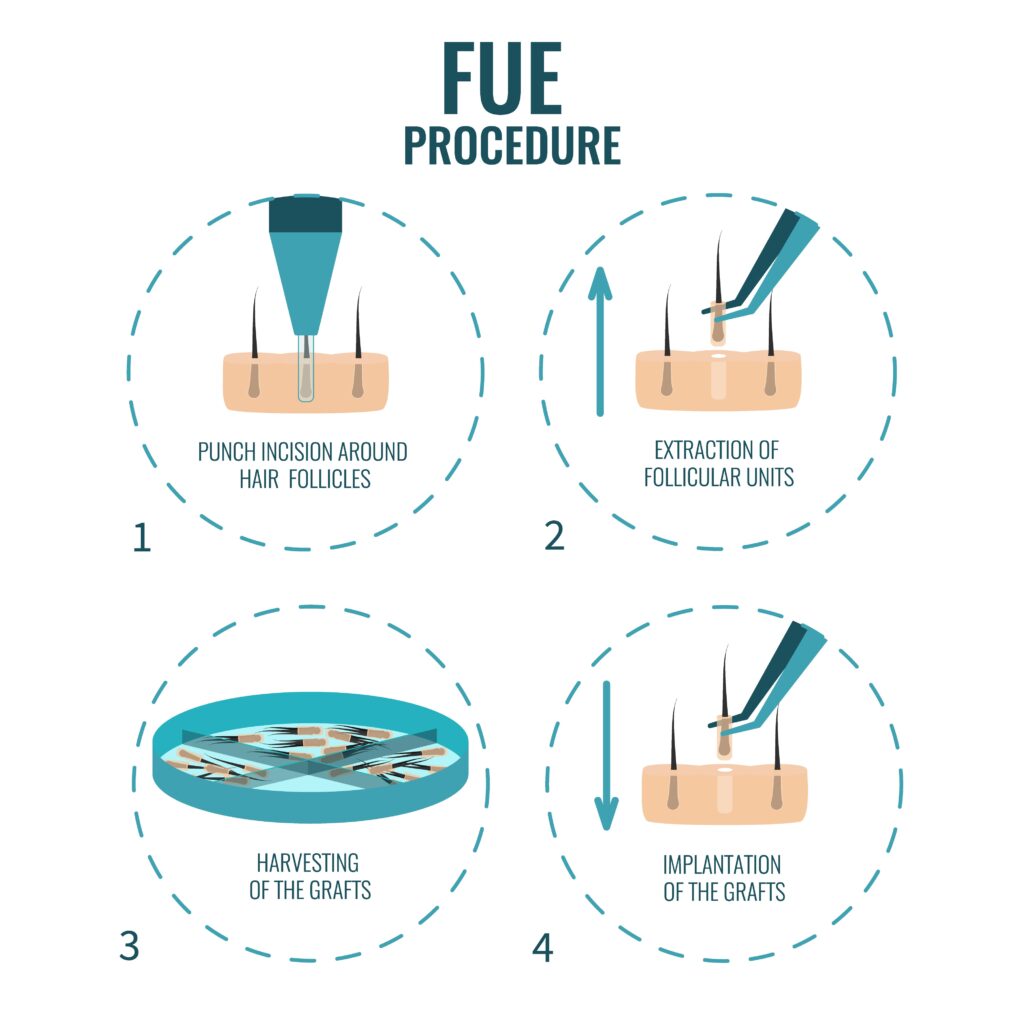
Hair loss can be a distressing experience for many people, but advancements in hair restoration techniques offer hope and solutions. This guide will walk you through various hair restoration methods, explaining how each works and what you can expect. We will also touch on the benefits of Celluma Light Therapy as part of a holistic approach to hair restoration.
Non-Surgical Hair Restoration
Non-surgical hair restoration techniques are often the first line of defense against hair loss. These methods are less invasive and can be highly effective, especially in the early stages of hair thinning.
Topical Treatments: A well-liked over-the-counter topical medication that promotes hair growth and reduces hair loss is minoxidil.
Oral Medications: Finasteride is an oral medication that reduces hair loss by inhibiting the production of dihydrotestosterone (DHT), a hormone that contributes to hair follicle shrinkage. It’s typically prescribed for men and can show significant results over time.
Low-Level Laser Therapy (LLLT): This treatment involves using laser devices to stimulate hair follicles and promote hair growth. LLLT can be performed in a clinic environment or at home using portable devices.
Surgical Hair Restoration
For individuals experiencing more advanced hair loss, surgical options may be considered. Although these operations involve greater invasiveness, the outcomes can be long-lasting and realistic-looking.
Follicular Unit Transplantation (FUT): Also known as strip harvesting, FUT involves removing a strip of scalp from the back of the head, dissecting it into individual follicular units, and transplanting them into thinning areas. This method can result in a linear scar but typically provides a high yield of hair follicles.
Follicular Unit Extraction (FUE): FUE involves extracting individual hair follicles from the donor area using a small punch device and implanting them into the balding or thinning areas. This procedure produces less scarring and enables for a faster recovery than FUT.
Integrative Approaches and Celluma Light Therapy
In addition to traditional hair restoration methods, integrative approaches can support overall hair health and improve outcomes. Lifestyle changes, nutritional supplements, and stress management can play a crucial role in maintaining healthy hair.
Diet and Nutrition: A balanced diet rich in vitamins and minerals, particularly biotin, zinc, and iron, can support hair health. Supplements may be given to treat certain deficits.
Scalp Care: Regular scalp massages and the use of gentle, nourishing hair products can improve blood circulation and maintain a healthy scalp environment.
Celluma Light Therapy: This non-invasive treatment uses LED light energy to stimulate cellular health and promote hair growth. By increasing blood circulation and reducing inflammation, Celluma Light Therapy can complement other hair restoration techniques and enhance overall results. For more information, you can read about Celluma Light Therapy.
Platelet-Rich Plasma (PRP) Therapy
Platelet-rich plasma (PRP) therapy is a minimally invasive treatment that uses the body’s natural healing properties to stimulate hair growth. Here’s how it works:
Blood Collection: A small amount of the patient’s blood is drawn and processed to concentrate the platelets.
PRP Injection: The concentrated PRP is injected into the scalp, particularly in areas of thinning or balding. Platelets include growth elements that enhance hair follicle health and stimulate new hair growth.
Treatment Schedule: PRP therapy typically requires multiple sessions over several months to achieve optimal results. It’s often used in conjunction with other hair restoration treatments to enhance effectiveness.
Conclusion
Hair restoration techniques offer a range of solutions for individuals experiencing hair loss. From non-surgical treatments and surgical procedures to integrative approaches and advanced therapies like Celluma Light Therapy, there are multiple options to explore. By understanding each method and working with a qualified healthcare provider, you can choose the best approach to restore your hair and confidence. Embrace these techniques to achieve healthier, fuller hair and improve your overall well-being.
